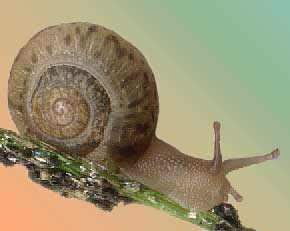December 31, 2007
Introduction
First, a disclaimer:
This blog is purely for entertainment (and perhaps a lil' learning) purposes. Nobody is to claim this as scientific research or anything scary like that.
Second, you betta I'm gonna have fun here!
July 20, 2006
Longest
ACETYLSERYLTYROSYLSERYLISOLEUCYLTHREONYLSERYLPROLYLSERYLGLUTAMINYLPHENYLALANYLVALYLPHENYLALANYLLEUCYLSERYLSERYLVALYLTRYPTOPHYLALANYLASPARTYLPROLYLISOLEUCYLGLUTAMYLLEUCYLLEUCYLASPARAGINYLVALYLCYSTEINYLTHREONYLSERYLSERYLLEUCYLGLYCYLASPARAGINYLGLUTAMINYLPHENYLALANYLGLUTAMINYLTHREONYLGLUTAMINYLGLUTAMINYLALANYLARGINYLTHREONYLTHREONYLGLUTAMINYLVALYLGLUTAMINYLGLUTAMINYLPHENYLALANYLSERYLGLUTAMINYLVALYLTRYPTOPHYLLYSYLPROLYLPHENYLALANYLPROLYLGLUTAMINYLSERYLTHREONYLVALYLARGINYLPHENYLALANYLPROLYLGLYCYLASPARTYLVALYLTYROSYLLYSYLVALYLTYROSYLARGINYLTYROSYLASPARAGINYLALANYLVALYLLEUCYLASPARTYLPROLYLLEUCYLISOLEUCYLTHREONYLALANYLLEUCYLLEUCYLGLYCYLTHREONYLPHENYLALANYLASPARTYLTHREONYLARGINYLASPARAGINYLARGINYLISOLEUCYLISOLEUCYLGLUTAMYLVALYLGLUTAMYLASPARAGINYLGLUTAMINYLGLUTAMINYLSERYLPROLYLTHREONYLTHREONYLALANYLGLUTAMYLTHREONYLLEUCYLASPARTYLALANYLTHREONYLARGINYLARGINYLVALYLASPARTYLASPARTYLALANYLTHREONYLVALYLALANYLISOLEUCYLARGINYLSERYLALANYLASPARAGINYLISOLEUCYLASPARAGINYLLEUCYLVALYLASPARAGINYLGLUTAMYLLEUCYLVALYLARGINYLGLYCYLTHREONYLGLYCYLLEUCYLTYROSYLASPARAGINYLGLUTAMINYLASPARAGINYLTHREONYLPHENYLALANYLGLUTAMYLSERYLMETHIONYLSERYLGLYCYLLEUCYLVALYLTRYPTOPHYLTHREONYLSERYLALANYLPROLYLALANYLSERINE
July 13, 2006
Octuple Vision?
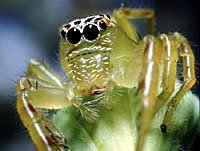
All spiders, arachnids, have eight legs.
But how many eyes do they have?
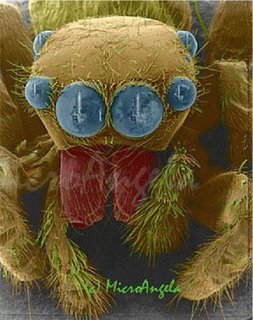
Most of them have eight eyes! Which enables them to have vision like this:
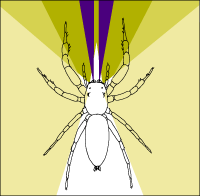
But most spiders don't have good eyesight, despite the many eyes. They depend more on their touch, vibration and taste stimuli.
However, hunting spiders, such as the 2nd picture above, have sharp vision in order to help catch prey.
June 29, 2006
How Do Butterflies Feed?

Well, if you look at the picture below carefully, you will notice that there is like a rolled up ribbon -like thing where the mouth should be. That thing, is called a 'proboscis', which is a turbular sucking organ. When the butterfly has found nectar, it extends its proboscis like a party blow-out.
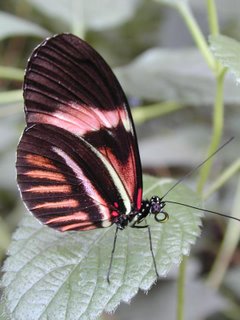
A Monarch Butterfly
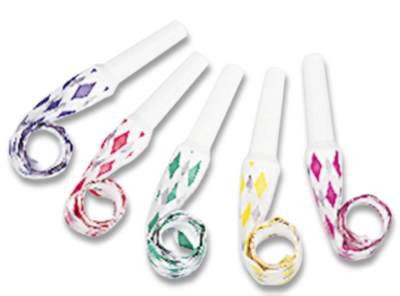
A butterfly's proboscis is like a party blow-out.
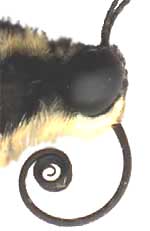
A butterfly's proboscis up close.
June 26, 2006
Of butterfly&mothballs
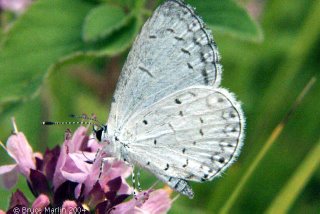
a Spring Azure butterfly
Moths however, often get the bad name...most probably from 'mothballs'. But anyhow, the common "eyes" found on moths aren't as fascinating as the feathery snow white found on Spring Azures.
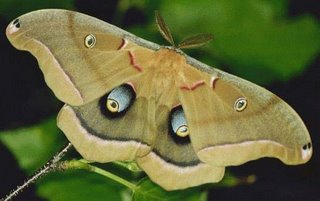
a polyphemus moth
Then again, there are moths which do not have "eyes" their wings. So the question would then be, how do you tell the difference between a moth and a butterfly?
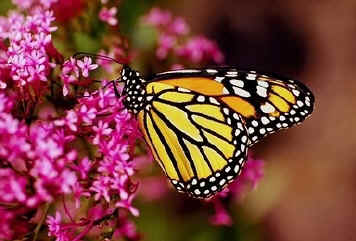
Which is which?
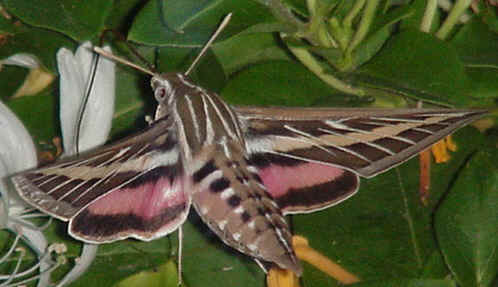
Well one way to tell the difference between a moth and a butterfly is by looking at how it rests. A moth will always rest with its wings open while a butterfly always keeps its wings at a vertical position during its resting position.
So the next time you see a 'butterfly' resting with its wings open, you can be sure it's a moth! =)
PS. It is not true that moths are uglier than butterflies. Moths have awesome colours, as it is with this sunset moth (Urania riphaeus).

June 19, 2006
Snail? Slug?
June 13, 2006
Lesser Known Fact of the Giant Panda

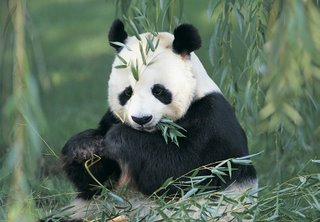

Pandas are cute.
Pandas are also endangered. We all know that, don't we?
And we all know why too; the normal reasons...habitat lost and low birthrate.
Another thing we all know is that pandas eat shoots and leaves.

What kind of shoots and leaves?
Well, bamboo shoots and leaves of course!
One thing not many of us know that one of the reasons why the panda is endangered is because of the life-cycle of it's staple food: the forementioned bamboo.
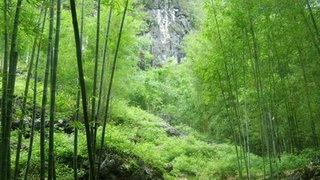
Although the bamboo trees we see around don't have flowers, bamboo trees do flower. It's just that they flower on the average every 28 years.
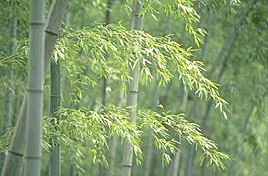
The catch here is that bamboo is monocarpic. This means that after they have finished flowering, the plant will die. According to Wikipedia, the plant being monocarpic is thought to have evolved because it reduces the effect of predators of the seed, who would be unable to depend on a predictable food supply.

To add to that, bamboo trees flower together, at the same time.
So every 28 years or so, the entire bamboo forest dies, leaving the pandas with no food. And if they're not successful in finding another bamboo forests, poof, off they disappear (to heaven I meant...or wherever animals go when they kaput. The sheol maybe. Heh) .
A Bamboo Flower
